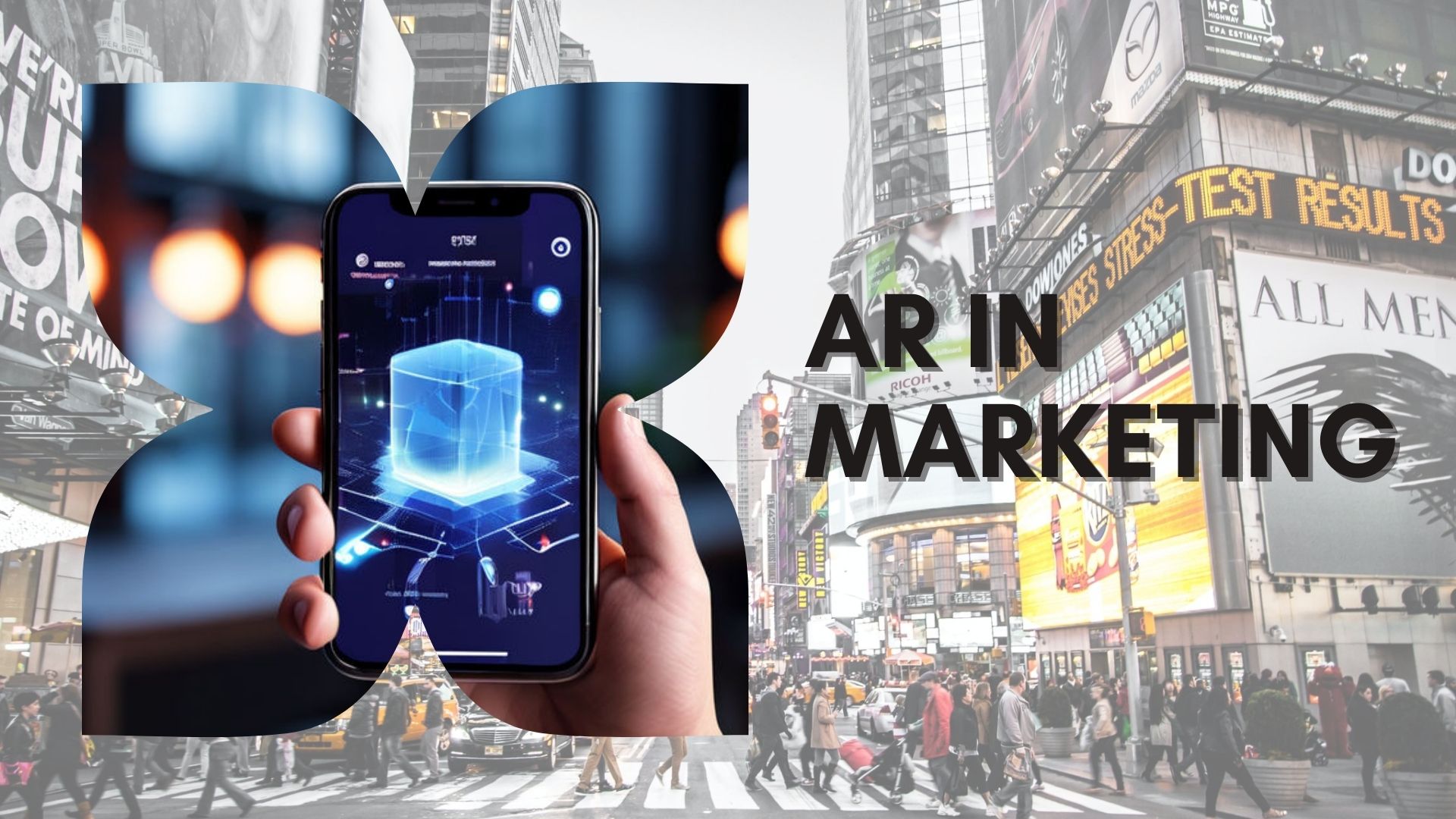
The technological revolution has touched every industry in the last decade or so, and manufacturing is no exception. From automotive and device manufacturing to food and beverage, the industry has undergone a completely transformative shift, embracing cutting-edge technologies to streamline operations, enhance productivity, and improve overall efficiency. One such technology that has emerged as a game-changer in manufacturing is – you guessed it – augmented reality. By integrating digital information and virtual elements into the physical world, AR is revolutionizing traditional processes and unlocking a host of innovative use cases, saving money and time while creating a safer work environment. Let’s delve into some of the most compelling AR applications reshaping the manufacturing landscape.
Assembly and Maintenance Guidance
AR-enabled smart glasses or wearable devices provide manufacturing personnel with real-time visual instructions and guidance during assembly and maintenance tasks. By overlaying step-by-step instructions, diagrams, and animations onto physical machinery or components, AR assists workers in performing complex tasks with precision and efficiency. This not only reduces human errors but also accelerates the learning curve for new employees, resulting in faster onboarding and increased productivity.

Technician Support and Troubleshooting
Ever tried to fix a printer and wanted to pull your hair out? Us, too. We’re assuming that troubleshooting complicated manufacturing equipment feels about the same. The good news is that augmented reality can facilitate real-time remote assistance and collaboration among geographically dispersed teams. AR-enabled devices allow experts to remotely guide technicians and operators through troubleshooting procedures, equipment setup, and repair tasks. This capability minimizes downtime, eliminates the need for costly travel, and enables seamless knowledge sharing across global manufacturing facilities. Not to mention it saves a couple dozen Google searches and spares you some gray hairs when troubleshooting equipment.

Quality Assurance and Inspection
AR-powered inspection tools enhance quality control processes by enabling workers to visualize and analyze components in greater detail. Through AR overlays, inspectors can identify defects, deviations, or anomalies in real-time, ensuring adherence to stringent quality standards. Furthermore, AR-based inspection systems can generate comprehensive digital records and documentation, facilitating traceability and compliance with regulatory requirements. No risk of obscene water marks on Dunder Mifflin paper here.
Training and Skills Development
AR-based training simulations offer immersive learning experiences for manufacturing personnel, allowing them to practice and refine their skills in a risk-free virtual environment. From equipment operation and safety protocols to complex assembly procedures, AR simulations provide hands-on training that replicates real-world scenarios. This approach not only enhances employee proficiency but also reduces training costs and minimizes workplace accidents.
Inventory Management and Logistics
AR-driven inventory management solutions optimize warehouse operations by providing real-time visibility into inventory levels, locations, and movement. By overlaying digital labels, barcodes, or RFID tags onto physical assets, AR systems enable rapid inventory identification and tracking. This improves inventory accuracy, minimizes stockouts, and streamlines supply chain logistics, leading to enhanced operational efficiency and cost savings. To those of you dipping into the company inventory, sorry not sorry. To those of you who used to spend late nights counting stock and cross-referencing usage…you’re welcome! Binge is something that’s been collecting dust on your Netflix watchlist for us.
Product Design and Prototyping
AR technology facilitates interactive product design and prototyping processes, allowing engineers and designers to visualize and manipulate 3D models in a physical space. By overlaying digital renderings onto physical prototypes or mockups, AR enables stakeholders to assess product aesthetics, ergonomics, and functionality in real-time. Yeah, Stark style. This iterative design approach accelerates product development cycles, fosters innovation, and enhances collaboration between design teams and stakeholders.

Equipment Monitoring and Predictive Maintenance
AR-powered monitoring systems leverage IoT sensors and data analytics to monitor equipment health and performance in real-time. By overlaying diagnostic information and predictive maintenance alerts onto AR interfaces, maintenance technicians can proactively identify potential equipment failures or maintenance needs. This predictive maintenance approach minimizes unplanned downtime, extends equipment lifespan, and optimizes asset utilization.
In conclusion, Augmented Reality is revolutionizing the manufacturing industry by unlocking new possibilities for efficiency, productivity, and innovation. From assembly guidance and remote collaboration to quality assurance and predictive maintenance, AR applications are reshaping traditional manufacturing processes and driving significant value across the entire value chain. As manufacturers continue to embrace AR technology, we can expect to witness further advancements and transformative impacts in the years to come.








